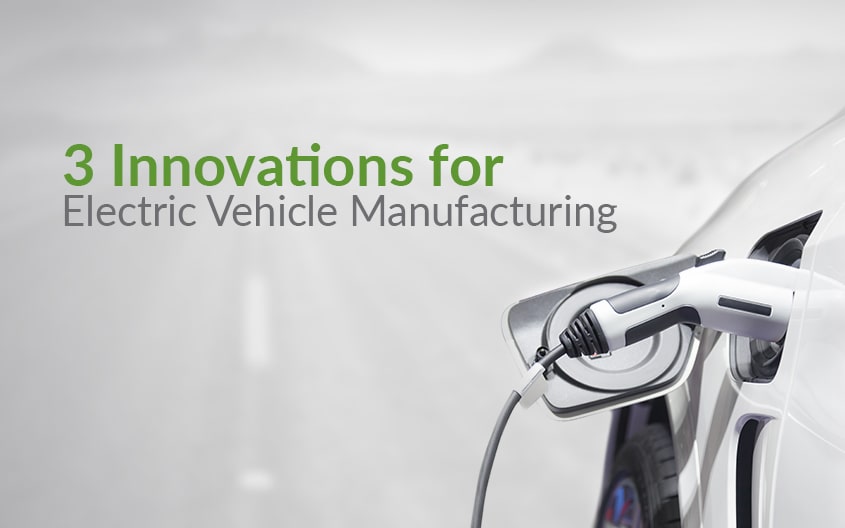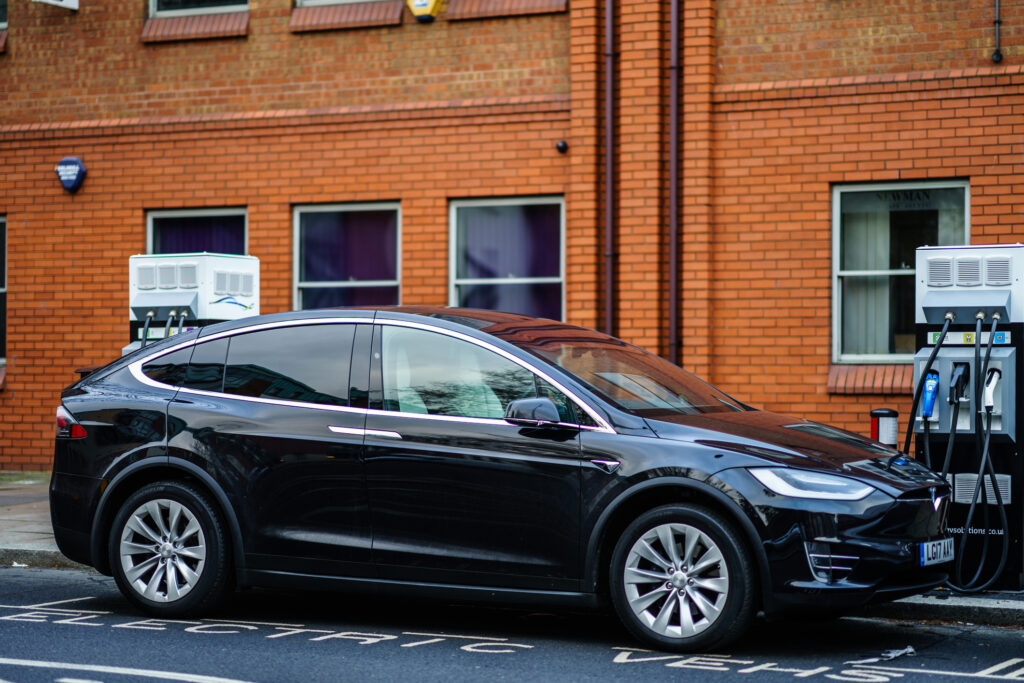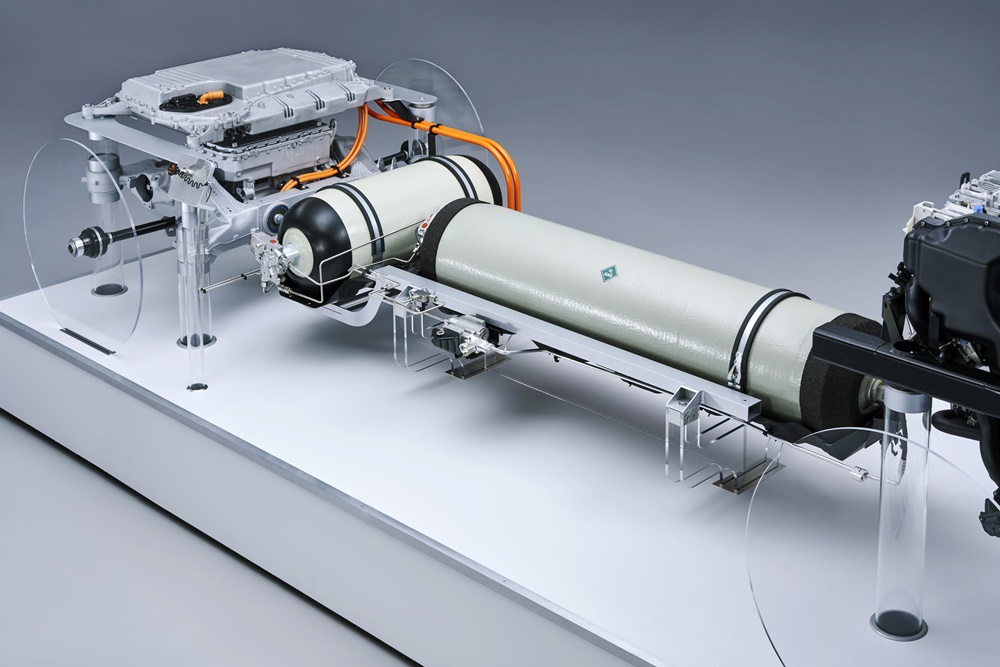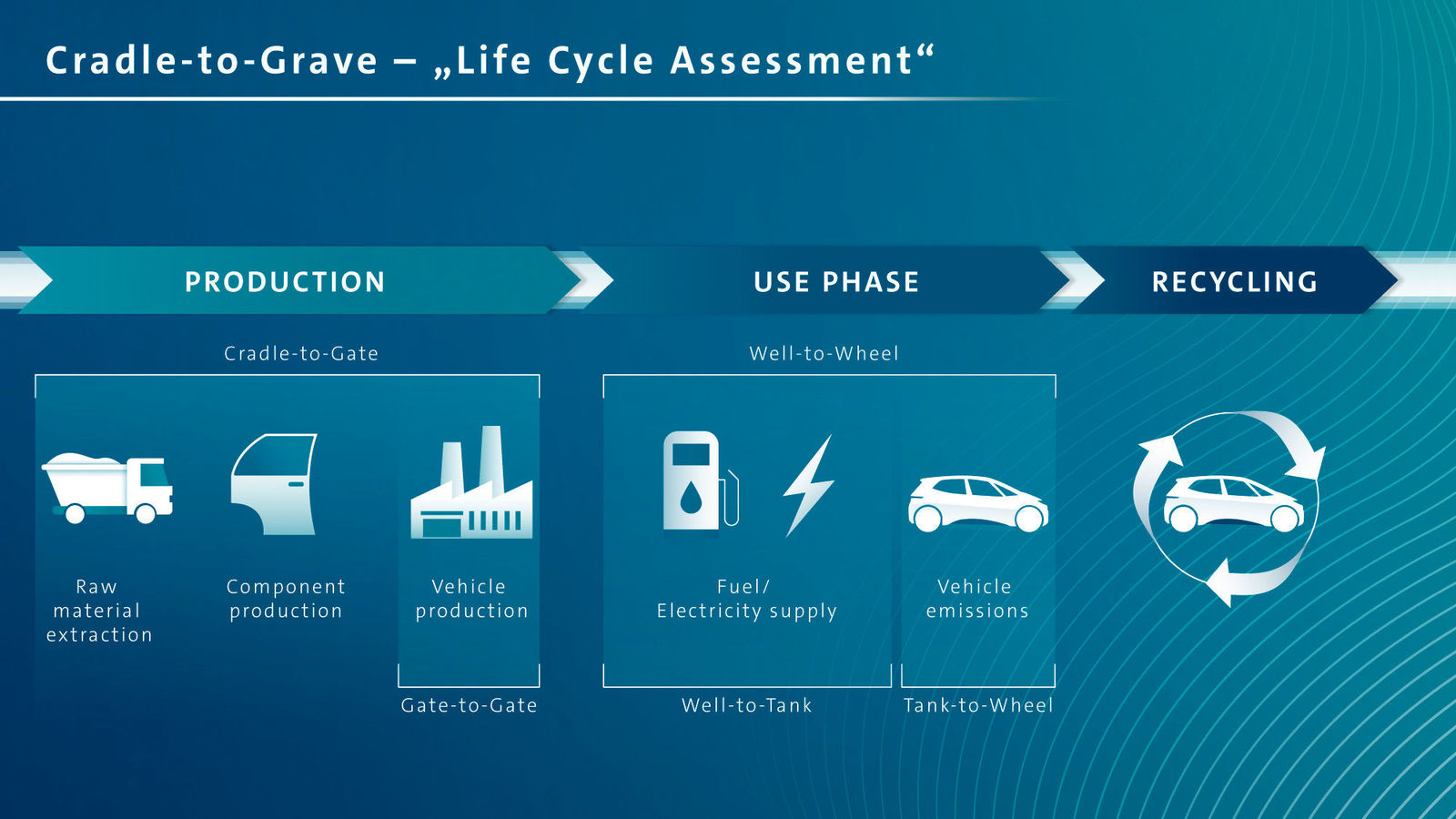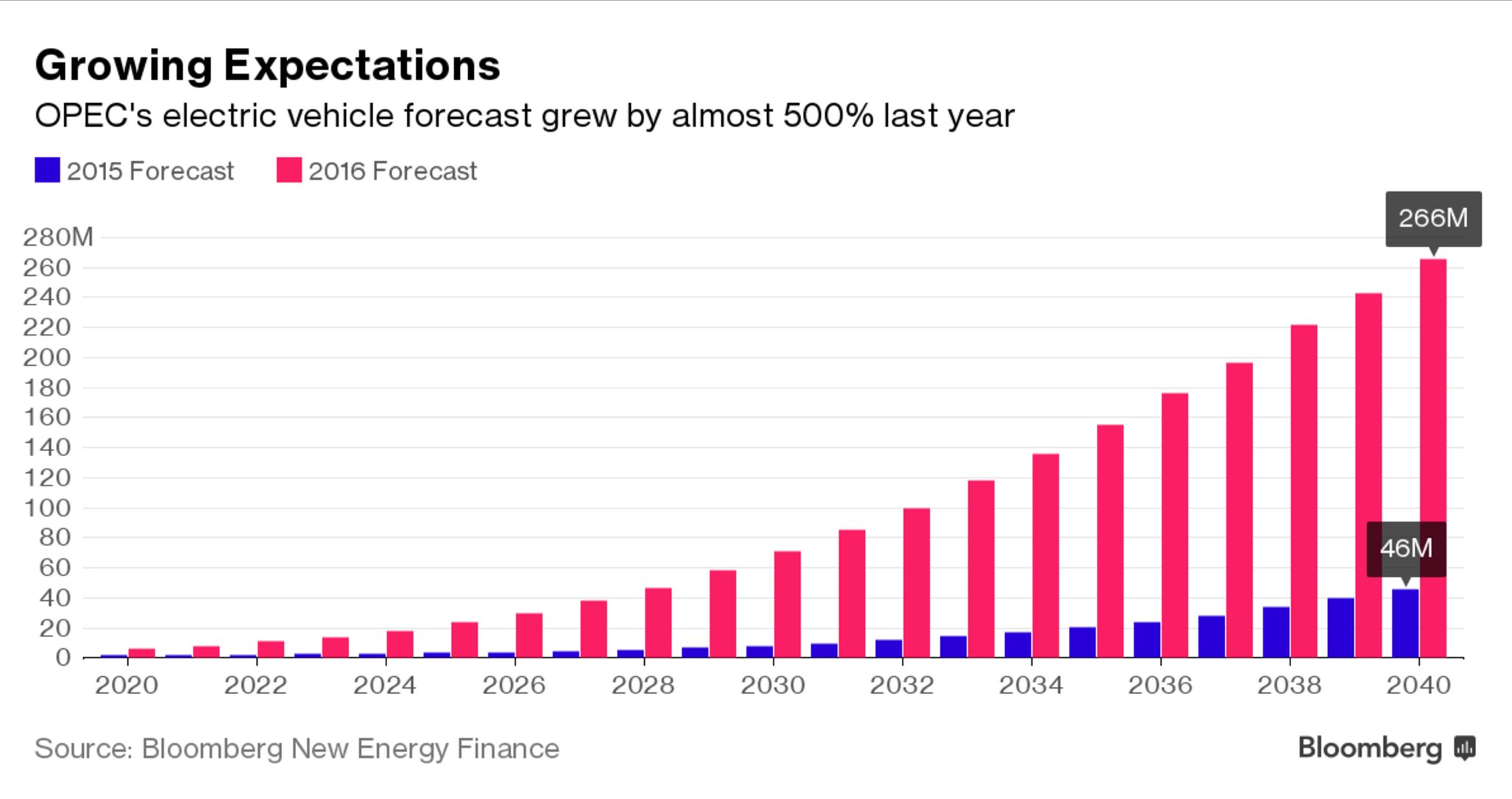Unlocking the Potential of Electric Motors: Advancements and Innovations
The electric vehicle (EV) market is experiencing rapid growth, driven in part by advancements in electric motor technology. Recent developments in this field have led to improved efficiency, increased power density, and reduced costs. One key innovation is the use of advanced materials, such as rare-earth magnets and high-temperature superconductors, which enable electric motors to operate at higher temperatures and with greater efficiency.
Another significant advancement is the development of new motor architectures, such as the axial flux motor and the transverse flux motor. These designs offer improved power-to-weight ratios, reduced size, and increased reliability. Additionally, the use of advanced simulation tools and modeling techniques has enabled manufacturers to optimize motor design and performance, leading to further efficiency gains.
The impact of these advancements on the EV market cannot be overstated. Improved electric motor efficiency directly translates to increased vehicle range, reduced charging times, and lower operating costs. As a result, EVs are becoming increasingly competitive with their internal combustion engine counterparts, driving growth in the market. In fact, a recent report by the International Energy Agency (IEA) predicts that EVs will reach price parity with internal combustion engine vehicles by 2025, driven in part by advancements in electric motor technology.
Furthermore, the trend towards electrification is not limited to the automotive sector. Electric motor technology is also being applied in other industries, such as aerospace, marine, and industrial automation. The use of electric motors in these applications offers similar benefits, including improved efficiency, reduced maintenance, and increased reliability.
As the demand for electric motors continues to grow, manufacturers are responding with innovative new products and technologies. For example, some companies are developing electric motors with integrated power electronics, which simplify system design and reduce costs. Others are exploring the use of new materials, such as graphene and nanomaterials, which offer potential for further efficiency gains.
In conclusion, the latest developments in electric motor technology are driving growth in the EV market and beyond. As manufacturers continue to innovate and push the boundaries of what is possible, we can expect to see even more efficient, powerful, and cost-effective electric motors in the future. The trend towards electrification is clear, and electric motor technology is at the forefront of this revolution.
How to Choose the Right Electric Vehicle for Your Needs: A Comprehensive Guide
With the growing number of electric vehicle (EV) models available in the market, choosing the right one can be a daunting task. To make an informed decision, it’s essential to consider several factors, including range, charging time, budget, and personal preferences. In this guide, we’ll walk you through the key considerations to help you select the perfect EV for your needs.
Range is a critical factor to consider when choosing an EV. If you have a long commute or frequently take road trips, you’ll want an EV with a longer range. The Tesla Model 3, for example, offers a range of up to 325 miles on a single charge, making it an excellent choice for those who need to travel long distances. On the other hand, if you primarily use your vehicle for short trips around town, a shorter-range EV like the Nissan Leaf may be sufficient.
Charging time is another important consideration. If you have access to a fast-charging station, you may want an EV that can take advantage of this feature. The Audi e-tron, for instance, can charge to 80% in just 30 minutes using a fast-charging station. However, if you primarily charge your vehicle at home, a slower-charging EV may be acceptable.
Budget is also a crucial factor to consider. EVs can range in price from under $30,000 to over $100,000, so it’s essential to set a budget before making a decision. The Chevrolet Bolt, for example, is a affordable option with a starting price under $40,000. On the other hand, the Tesla Model S is a luxury option with a starting price over $80,000.
In addition to these factors, you should also consider your personal preferences, such as the type of vehicle you want (sedan, SUV, truck, etc.), the features you need (infotainment system, safety features, etc.), and the brand you prefer. By carefully considering these factors, you can find the perfect EV for your needs and enjoy the many benefits of electric vehicle ownership.
Some popular EV models to consider include:
- Tesla Model 3: A compact luxury sedan with a range of up to 325 miles.
- Nissan Leaf: A compact hatchback with a range of up to 226 miles.
- Audi e-tron: A compact luxury SUV with a range of up to 246 miles.
- Chevrolet Bolt: A compact hatchback with a range of up to 259 miles.
- Hyundai Kona Electric: A subcompact crossover with a range of up to 258 miles.
By following this guide, you can make an informed decision and find the perfect EV for your needs. Remember to research and test drive different models before making a decision, and don’t hesitate to reach out to a dealership or manufacturer for more information.
The Rise of Alternative Propulsion Systems: A Look at Hydrogen Fuel Cells and More
As the world continues to transition towards a more sustainable and environmentally friendly transportation system, alternative propulsion systems are gaining attention. Hydrogen fuel cells, hybrid systems, and advanced battery technologies are being explored as potential alternatives to traditional electric vehicle (EV) propulsion systems. In this article, we’ll delve into the benefits and challenges of each and discuss how they may impact the future of electric vehicles.
Hydrogen fuel cells are one of the most promising alternative propulsion systems. They offer a zero-emission solution, producing only water and heat as byproducts. Hydrogen fuel cells also have the potential to provide a longer driving range than traditional EVs, making them an attractive option for long-distance driving. However, the infrastructure for hydrogen refueling is still in its infancy, and the production of hydrogen is often energy-intensive.
Hybrid systems, which combine a traditional internal combustion engine with an electric motor, are another alternative propulsion system. They offer improved fuel efficiency and reduced emissions, making them a popular choice for many consumers. However, hybrid systems are often more complex and expensive than traditional EVs, and they may not offer the same level of environmental benefits.
Advanced battery technologies, such as solid-state batteries and lithium-air batteries, are also being developed to improve the performance and range of EVs. These batteries offer higher energy density, faster charging times, and improved safety, making them an attractive option for many manufacturers. However, the development of these batteries is still in its early stages, and significant technical challenges must be overcome before they can be widely adopted.
Other alternative propulsion systems, such as compressed air and flywheel systems, are also being explored. Compressed air systems use compressed air to propel a vehicle, while flywheel systems use a flywheel to store energy. These systems offer improved efficiency and reduced emissions, but they are still in the early stages of development and face significant technical challenges.
The rise of alternative propulsion systems has significant implications for the future of electric vehicles. As these systems continue to develop and improve, they may offer improved performance, range, and environmental benefits. However, significant technical and infrastructure challenges must be overcome before they can be widely adopted. As the world continues to transition towards a more sustainable and environmentally friendly transportation system, alternative propulsion systems will play an increasingly important role.
In the context of electric vehicle and electric motor technology trends, alternative propulsion systems offer a promising solution for improving the performance and range of EVs. As these systems continue to develop and improve, they may offer improved environmental benefits, reduced emissions, and improved efficiency. However, significant technical and infrastructure challenges must be overcome before they can be widely adopted.
Electrifying the Grid: The Impact of Electric Vehicles on Energy Infrastructure
The widespread adoption of electric vehicles (EVs) is transforming the way we think about energy infrastructure. As more EVs hit the road, the demand for electricity to charge them is increasing, putting pressure on the grid to adapt. In this article, we’ll explore the impact of EVs on energy infrastructure and how utilities and governments are responding to the challenge.
One of the primary concerns is the need for increased charging capacity. As the number of EVs grows, so does the demand for electricity to charge them. This is particularly true during peak hours, such as evening commutes, when the grid is already under strain. To address this issue, utilities are investing in new charging infrastructure, including fast-charging stations and high-power charging corridors.
Another challenge is grid resilience. As the grid becomes increasingly reliant on renewable energy sources, such as solar and wind power, it must also become more resilient to accommodate the variable output of these sources. EVs can play a key role in this effort by providing a buffer against fluctuations in energy supply. For example, EVs can be charged during periods of low energy demand and then used to supply energy back to the grid during periods of high demand.
Renewable energy sources are also critical to reducing the environmental impact of EVs. As the grid becomes increasingly reliant on renewable energy, the overall carbon footprint of EVs will decrease. In fact, a study by the National Renewable Energy Laboratory found that widespread adoption of EVs could reduce greenhouse gas emissions from transportation by as much as 70% by 2050.
Utilities and governments are responding to these challenges in a variety of ways. For example, some utilities are offering special rates for EV owners who charge their vehicles during off-peak hours. Others are investing in new technologies, such as smart charging systems, that can optimize energy distribution and reduce strain on the grid.
In addition, governments are implementing policies to encourage the adoption of EVs and support the development of charging infrastructure. For example, the US government offers a tax credit of up to $7,500 for the purchase of an EV, while the European Union has set a goal of having at least 30% of new car sales be electric by 2030.
In the context of electric vehicle and electric motor technology trends, the impact of EVs on energy infrastructure is a critical consideration. As the demand for electricity to charge EVs continues to grow, utilities and governments must work together to ensure that the grid can meet this demand. By investing in new charging infrastructure, promoting renewable energy sources, and implementing supportive policies, we can create a more sustainable and resilient energy system for the future.
Autonomous and Connected: The Future of Electric Vehicle Technology
The convergence of electric vehicle technology and autonomous driving is transforming the transportation landscape. As electric vehicles (EVs) become increasingly popular, the integration of autonomous driving technology is becoming a key differentiator. In this article, we’ll explore the intersection of EV technology and autonomous driving, including the role of advanced sensors, AI, and connectivity.
Advanced sensors are a critical component of autonomous driving technology. They enable vehicles to perceive their surroundings, detect obstacles, and make decisions in real-time. In the context of EVs, advanced sensors can also optimize energy efficiency and improve overall performance. For example, sensors can detect changes in road conditions and adjust the vehicle’s speed and torque accordingly.
Artificial intelligence (AI) is also playing a key role in the development of autonomous EVs. AI algorithms can analyze vast amounts of data from sensors and other sources to make decisions and improve overall performance. For example, AI can optimize energy efficiency by predicting energy demand and adjusting the vehicle’s speed and torque accordingly.
Connectivity is another critical component of autonomous EVs. Vehicles can communicate with other vehicles, infrastructure, and the cloud to share data and improve overall performance. For example, vehicles can communicate with traffic lights to optimize traffic flow and reduce congestion.
The potential benefits of autonomous EVs are significant. They can improve safety, reduce energy consumption, and enhance the overall driving experience. However, there are also challenges to overcome, including regulatory frameworks, public acceptance, and technical hurdles.
Despite these challenges, many manufacturers are investing heavily in autonomous EV technology. For example, Tesla is developing a fully autonomous EV that can drive itself without human intervention. Other manufacturers, such as Waymo and Cruise, are also developing autonomous EVs that can operate in a variety of environments.
In the context of electric vehicle and electric motor technology trends, the convergence of EV technology and autonomous driving is a key area of innovation. As autonomous EVs become increasingly popular, they will transform the transportation landscape and create new opportunities for growth and development.
The future of transportation is autonomous, connected, and electric. As these technologies continue to evolve and improve, we can expect to see significant advancements in safety, efficiency, and overall performance. The convergence of EV technology and autonomous driving is a key area of innovation that will shape the future of transportation.
Charging Ahead: Advances in Charging Technology and Infrastructure
The widespread adoption of electric vehicles (EVs) has created a growing demand for charging infrastructure. As the number of EVs on the road increases, the need for fast, convenient, and reliable charging solutions has become a top priority. In this article, we’ll explore the latest developments in charging technology and infrastructure, including fast-charging systems, wireless charging, and smart charging networks.
Fast-charging systems are one of the most significant advancements in charging technology. These systems can charge an EV to 80% in just 30 minutes, making long-distance travel more practical. Companies like Tesla, ChargePoint, and EVgo are investing heavily in fast-charging infrastructure, with thousands of stations already installed across the US.
Wireless charging is another innovative technology that’s gaining traction. This technology allows EVs to charge without being physically connected to a charging station, making it a convenient and hassle-free solution. Companies like WiTricity and Qualcomm are leading the charge in wireless charging technology, with several pilot programs already underway.
Smart charging networks are also becoming increasingly popular. These networks use advanced algorithms and data analytics to optimize energy distribution and reduce strain on the grid. Companies like ChargePoint and EVgo are developing smart charging networks that can adjust charging speeds based on energy demand and grid capacity.
The benefits of these advancements are significant. Fast-charging systems, wireless charging, and smart charging networks are addressing range anxiety and making EVs more practical for long-distance travel. They’re also reducing the strain on the grid and promoting the adoption of renewable energy sources.
However, there are still challenges to overcome. The installation of charging infrastructure requires significant investment, and the development of new technologies is an ongoing process. Additionally, the integration of charging infrastructure with the grid and other energy systems is a complex task that requires careful planning and coordination.
Despite these challenges, the future of charging technology and infrastructure looks bright. As the demand for EVs continues to grow, the need for innovative and convenient charging solutions will only increase. With the development of fast-charging systems, wireless charging, and smart charging networks, the electric vehicle industry is poised for significant growth and transformation.
In the context of electric vehicle and electric motor technology trends, the advancements in charging technology and infrastructure are a critical component of the industry’s growth and development. As the demand for EVs continues to increase, the need for innovative and convenient charging solutions will only continue to grow.
Sustainable and Responsible: The Environmental Impact of Electric Vehicle Production
The production of electric vehicles (EVs) has a significant environmental impact, from the sourcing of materials to the end-of-life recycling of the vehicle. As the demand for EVs continues to grow, it’s essential to consider the environmental implications of their production and how manufacturers are working to reduce their environmental footprint.
One of the primary environmental concerns associated with EV production is the sourcing of materials. EVs require large amounts of lithium, cobalt, and other rare earth metals, which can have negative environmental impacts if not sourced responsibly. Many manufacturers are working to reduce their reliance on these materials and develop more sustainable sourcing practices.
Energy consumption is another critical factor in the environmental impact of EV production. EVs require significant amounts of energy to manufacture, which can result in greenhouse gas emissions and other negative environmental impacts. However, many manufacturers are working to reduce their energy consumption and transition to renewable energy sources.
End-of-life recycling is also an essential consideration in the environmental impact of EV production. EVs contain a significant amount of valuable materials, including lithium, cobalt, and copper, which can be recycled and reused. Many manufacturers are developing closed-loop recycling systems to recover these materials and reduce waste.
Several manufacturers are taking steps to reduce their environmental footprint and promote sustainable practices. For example, Tesla has developed a closed-loop recycling system for its battery packs, which allows the company to recover and reuse valuable materials. Other manufacturers, such as BMW and Volkswagen, are also investing in sustainable production practices and reducing their energy consumption.
In the context of electric vehicle and electric motor technology trends, the environmental impact of EV production is a critical consideration. As the demand for EVs continues to grow, it’s essential to consider the environmental implications of their production and how manufacturers are working to reduce their environmental footprint.
The environmental benefits of EVs are well-documented, from reducing greenhouse gas emissions to improving air quality. However, it’s essential to consider the environmental impact of EV production and how manufacturers can promote sustainable practices throughout the entire lifecycle of the vehicle.
By promoting sustainable practices and reducing their environmental footprint, manufacturers can help to minimize the negative environmental impacts of EV production and promote a more sustainable future for transportation.
Global Outlook: Electric Vehicle Adoption and Policy Trends Around the World
The adoption of electric vehicles (EVs) is gaining momentum worldwide, driven by government policies, declining battery costs, and growing environmental concerns. As the world transitions towards a more sustainable transportation system, it’s essential to examine the global outlook for EV adoption and policy trends.
In Europe, the EV market is thriving, with countries like Norway, the Netherlands, and Sweden leading the charge. The European Union has set ambitious targets to reduce greenhouse gas emissions, and many member states offer incentives, such as tax breaks, subsidies, and investment in charging infrastructure. The UK, for instance, aims to ban internal combustion engines by 2030, while Germany has set a target of 1 million EVs on the road by 2022.
In Asia, China is the undisputed leader in EV adoption, with over 50% of global sales. The Chinese government has implemented a range of policies, including subsidies, tax exemptions, and investment in charging infrastructure, to encourage the growth of the EV market. Japan and South Korea are also making significant strides, with companies like Toyota and Hyundai/Kia investing heavily in EV technology.
In the United States, EV adoption is slower, but still growing. California is leading the charge, with a target of 5 million EVs on the road by 2030. The federal government has also introduced tax credits and incentives to encourage EV adoption. However, the lack of a comprehensive national policy has hindered the growth of the EV market.
India is another key market, with the government setting ambitious targets to promote EV adoption. The Indian government has introduced incentives, such as subsidies and tax breaks, and is investing in charging infrastructure. However, the lack of a comprehensive charging network and high upfront costs remain significant challenges.
Government policies and incentives play a crucial role in driving EV adoption. Many countries offer subsidies, tax breaks, and investment in charging infrastructure to encourage the growth of the EV market. However, the lack of a comprehensive national policy and inconsistent regulations can hinder the growth of the EV market.
As the world transitions towards a more sustainable transportation system, it’s essential to examine the global outlook for EV adoption and policy trends. The growth of the EV market is driven by government policies, declining battery costs, and growing environmental concerns. As the technology continues to evolve, it’s likely that we’ll see even more innovative solutions emerge, driving the future of electric vehicle and electric motor technology trends.

